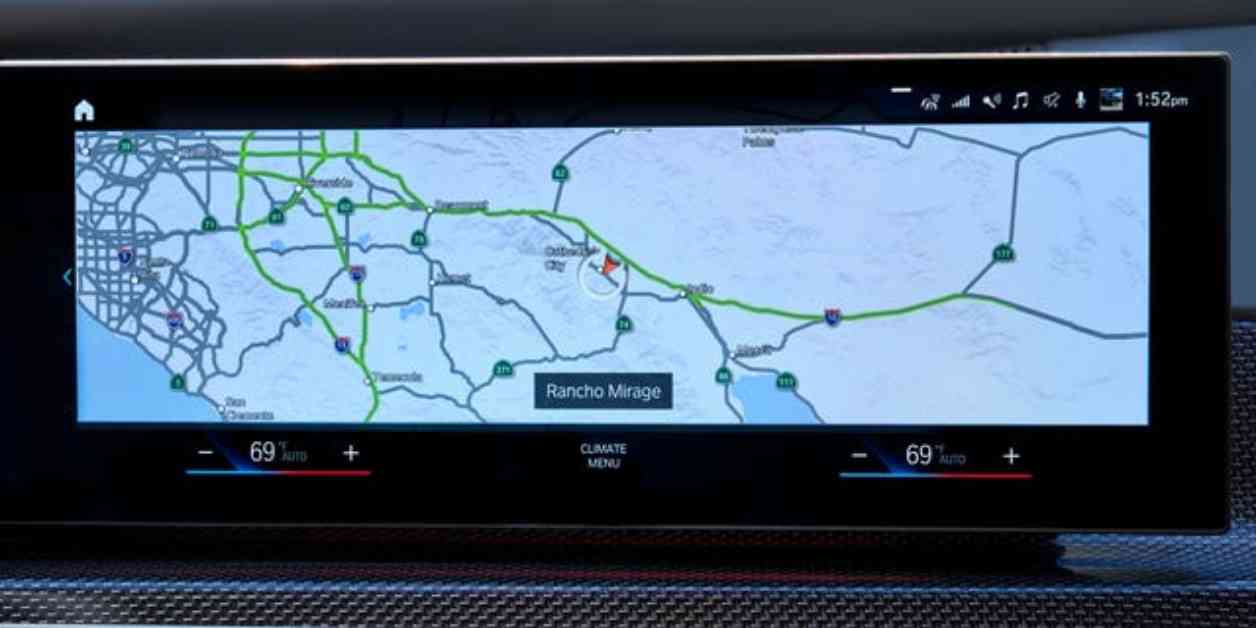Automakers use lidar mapping to create digital maps for hands-free driving systems. These maps are essential for the software to keep the vehicle safely in its lane. The process of mapping out these roads relies on suppliers specialized in digital cartography.
Before mapping begins, automakers decide which roads need to be digitally represented based on the system’s operational design domain (ODD). Most hands-free systems currently operate on limited-access divided highways due to their simplicity compared to roads with crossing traffic or stoplights. However, some systems, like GM’s Super Cruise, have expanded to include nondivided segments with traffic-control devices.
Once an automaker requests mapping from a supplier, field teams use sensor-clad vehicles to trace the approved roads. These vehicles are equipped with lidar scanners, cameras, and high-precision antennas to ensure accurate mapping. The lidar sensor scans the roads one slice at a time, capturing details like signage and lane markers. The mapping operator monitors the system status using a display inside the vehicle.
After scanning is complete, the data is processed by computers to identify and encode lane markers, road signs, and other relevant information. Both DMP and HERE, major mapping suppliers, complement this with human quality control to ensure accuracy. The final map file is then delivered to the automaker according to their specifications.
These maps are constantly updated to reflect changes in road infrastructure due to construction projects. Mapping suppliers monitor construction activities to rescan areas once changes are complete. This ensures that the maps remain accurate and up to date for hands-free driving systems to function properly.
The driver’s role is simply to activate the system when the map data indicates it is safe to do so. The hands-free driving system uses this data to navigate the road autonomously, following the tire marks of the mapping teams. Overall, the process of creating digital maps for hands-free driving involves a combination of advanced technology, human expertise, and ongoing maintenance to ensure safe and efficient autonomous driving experiences.










